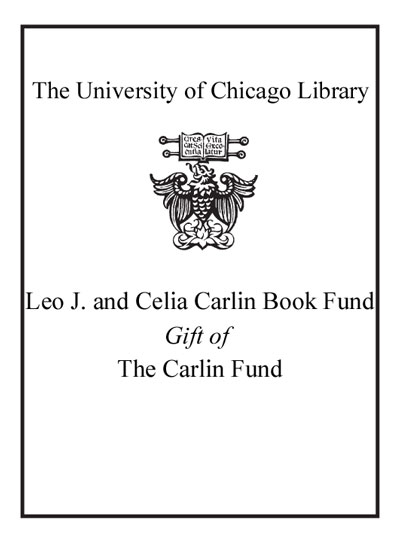The correspondence of Johann Amerbach : early printing in its social context /
Saved in:
| Author / Creator: | Amerbach, Johannes, 1441?-1513. |
|---|---|
| Uniform title: | Correspondence. English. Selections |
| Imprint: | Ann Arbor : University of Michigan Press, c2000. |
| Description: | xiv, 383 p., [6] p. of plates : ill., ; 24 cm. |
| Language: | English |
| Series: | Recentiores : later Latin texts and contexts Recentiores. |
| Subject: | |
| Format: | Print Book |
| URL for this record: | http://pi.lib.uchicago.edu/1001/cat/bib/4361198 |
| Summary: | After Gutenberg, the book world was changed forever. Writers wanted to break into print; venture capitalists and printers wanted to make money; scholars wanted to promote their educational agendas. To be economically viable, the printed book--unlike the handmade book--required distribution to large international markets, promotion, advertising, capital, and above all, profit. In a heady atmosphere of speculation, competition, and high risk, printers set up shop and went bankrupt with dizzying rapidity. Against these odds Johann Amerbach established a successful printing-publishing firm that survived for thirty-five years. His correspondence takes the reader into that rapidly changing world. Between 1478 and 1513 Amerbach published more than a hundred substantial works. He is best known for his monumental editions of the works of early church fathers. Crucial to his success was the information network he kept through correspondence with scholars, teachers, printers, booksellers, library curators, and other members of the literate community. The letters reveal how books were made, by whom, and for whom. The Correspondence of Johann Amerbach allows us to see the tensions in the new alliance between commerce and the republic of letters. Filling out the scene more fully, letters between the Amerbach children and their parents tell of the daily life, expectations, and aspirations of an intellectual bourgeois family at the end of the fifteenth century. Barbara C. Halporn is Head of the Collection Development Department, Widener Library, Harvard University. |
|---|---|
| Physical Description: | xiv, 383 p., [6] p. of plates : ill., ; 24 cm. |
| Bibliography: | Includes bibliographical references (p. 367-374) and index. |
| ISBN: | 047211137X (alk. paper) |

